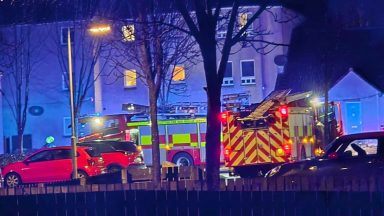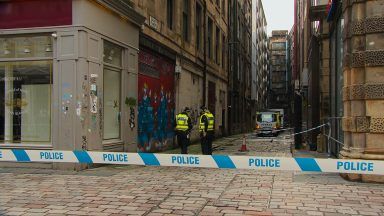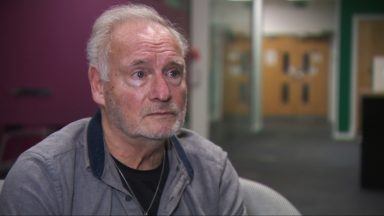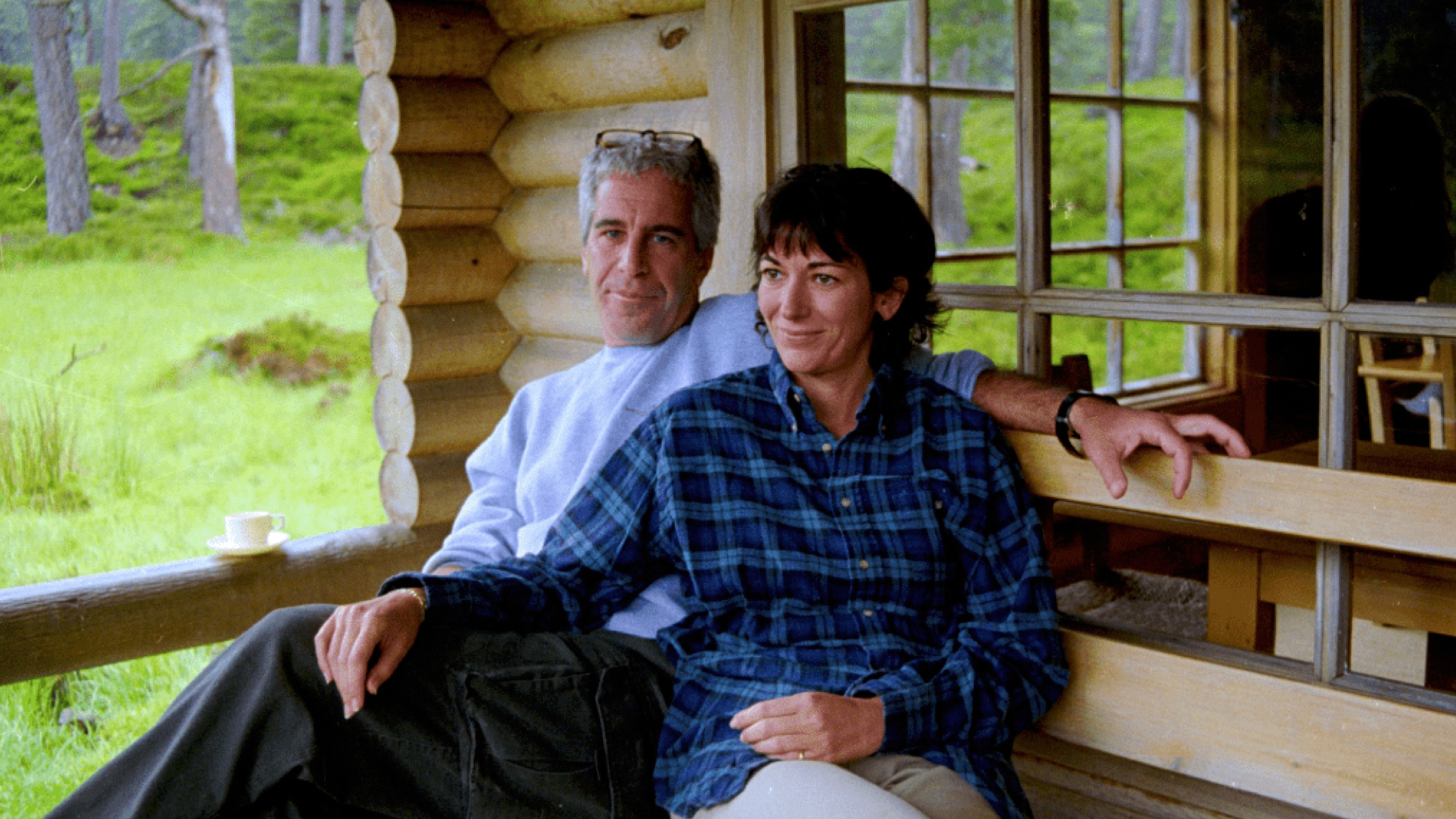Traffic pollution levels have dropped following the introduction of a Low Emission Zone (LEZ) in Glasgow.
Glasgow City Council’s air quality report revealed that nitrogen dioxide levels in the city centre and LEZ area dropped by 20% last year.
The city centre recorded the highest reduction levels with areas outside of it seeing a drop of 15.3% in concentrations of the harmful air pollutant.
Air pollution is monitored by 11 stations around the city, all of which record nitrogen dioxide concentrations below the legal objective.
Researchers from Universities of Glasgow, Auckland and University College Dublin, gathered hourly data from traffic sensors and air quality monitors in the city’s Hope Street and High Street within the LEZ to produce figures for the daily average NO2 (Nitrogen Dioxide).
Meteorological data, provided by the UK Met Office, factored in the wind effect on NO2 dispersal.
The report showed that two locations within the LEZ continue to breach the legal limits for NO2 pollution.
Gordon Street recorded the highest levels of pollution, however, the council said the area is mainly used by taxis servicing Glasgow Central which have been afforded additional time to move to LEZ compliance.
Given that the LEZ was only in force for half of 2023, and the rules did not apply to zone residents or non-compliant taxis, the council said it is “too soon” to determine its full impact on air quality.
However, it said the progress is a “promising” start for the initiative.
The LEZ came into force on June 1 last year and was set up to cut emissions as well as pollution by stopping older vehicles from entering the city centre.
Glasgow’s LEZ covers the city centre bounded by the M8 to the north and west, the River Clyde to the south and Saltmarket/High Street to the east.
All vehicles entering this area need to comply with the LEZ restrictions, and cars that fail face a penalty charge.
Councillor Angus Millar, city convener for Transport and Climate said the results of the report are “really encouraging”.
“Air pollution contributes to hundreds of deaths in Glasgow each year, as well as exacerbating long-term health inequalities and the health conditions of thousands of Glaswegians,” he said.
“Glasgow’s Low Emission Zone was introduced to address stubbornly high levels of air pollution in the city centre – and with Dundee, Aberdeen and Edinburgh now implementing their own LEZs, Scotland’s cities have joined hundreds across Europe in taking this kind of action to improve air quality.”
Millar continued: “The early progress recorded in Glasgow in 2023 – with a 20% drop in the city centre’s nitrogen dioxide levels – is really encouraging.
“With some locations still showing breaches of legal limits, however, the impact of the LEZ’s full roll out will only become clear with next year’s annual monitoring data, and Glasgow will continue our work to seek cleaner, more breathable air that meets legal requirements.”
Follow STV News on WhatsApp
Scan the QR code on your mobile device for all the latest news from around the country


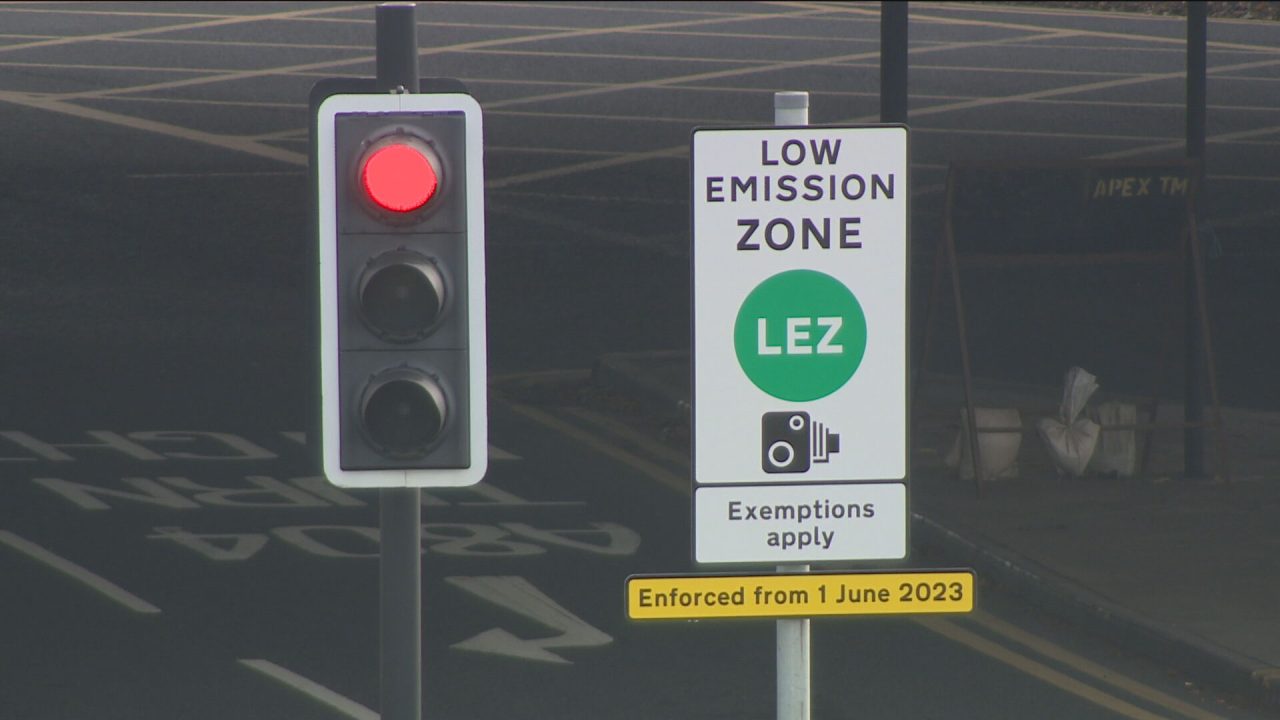 STV News
STV News



